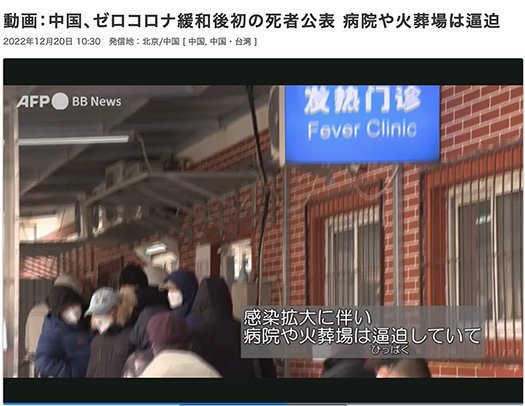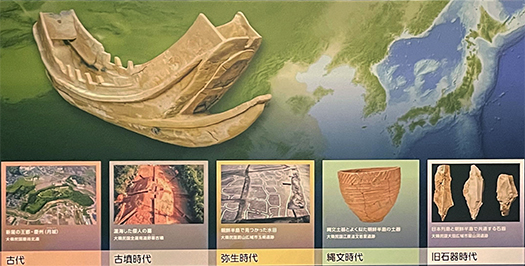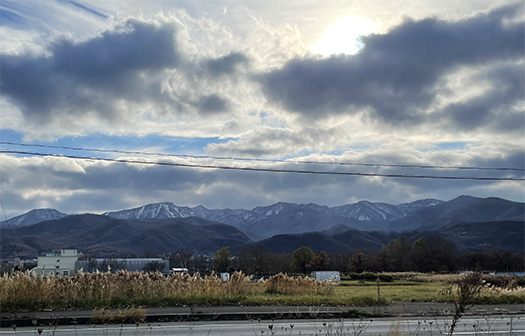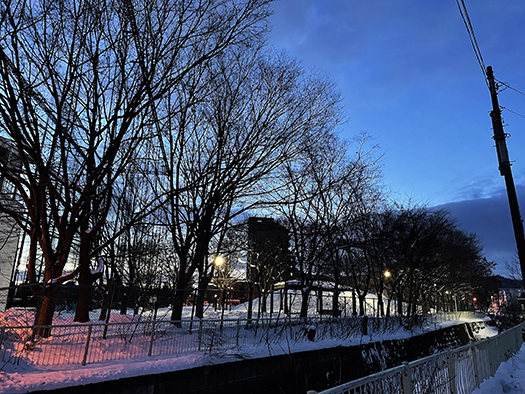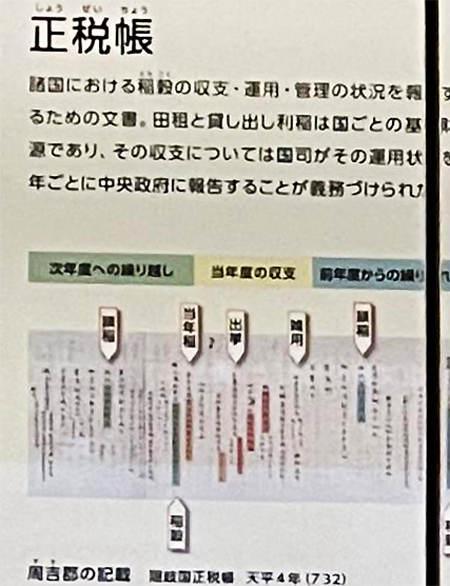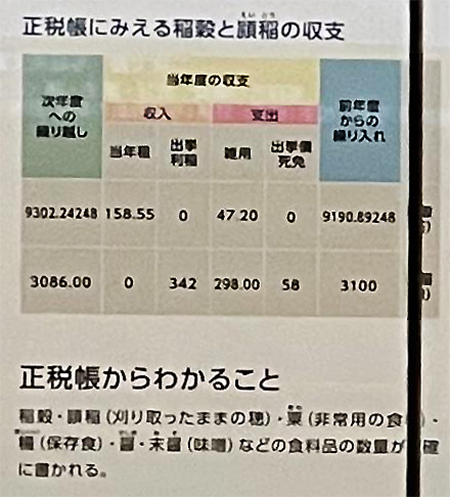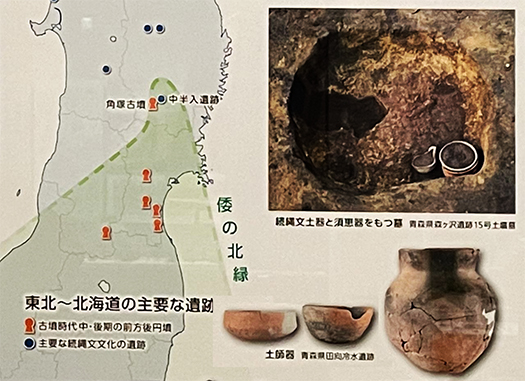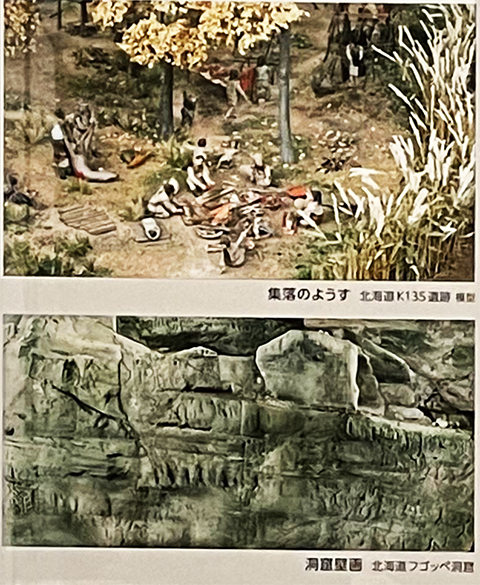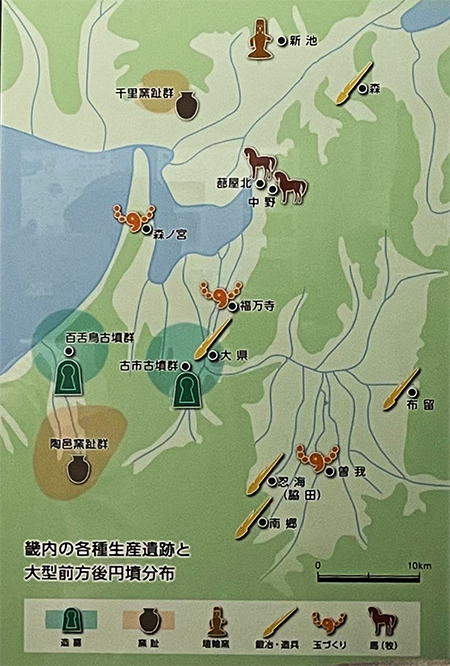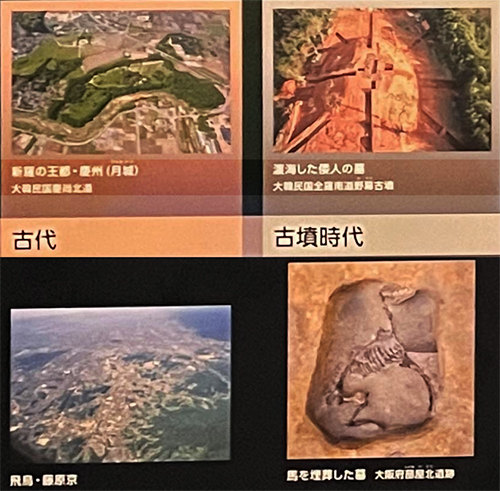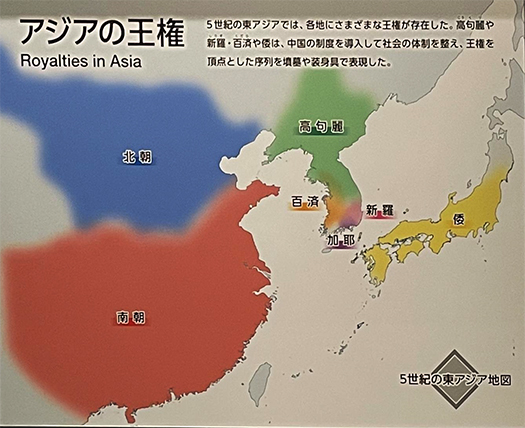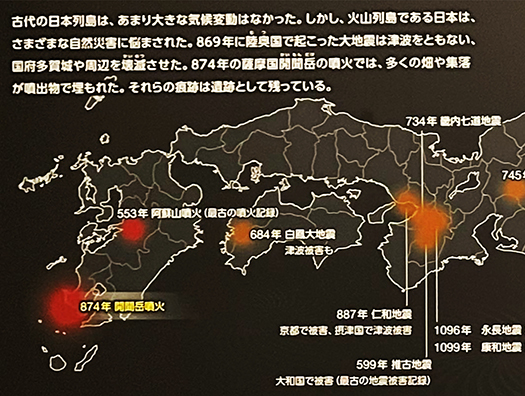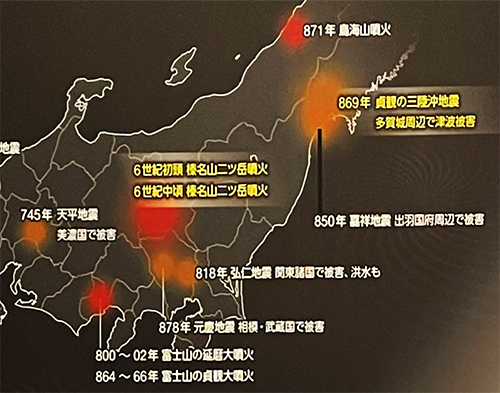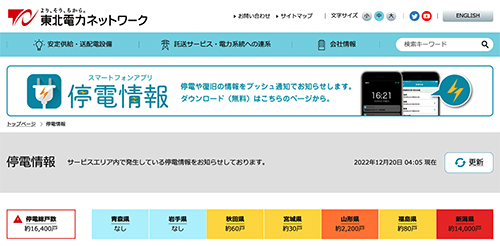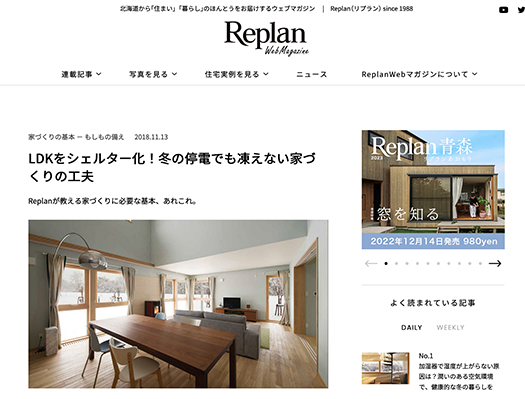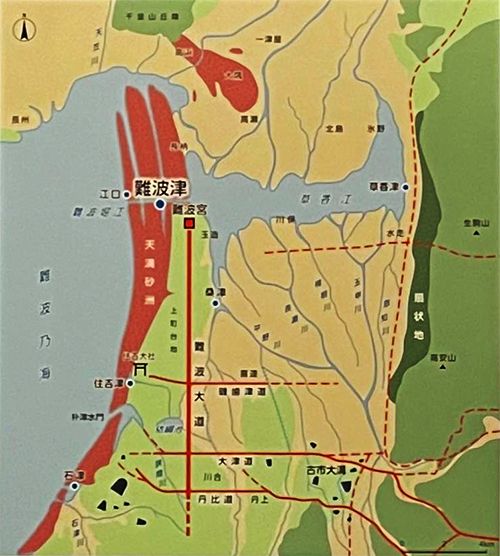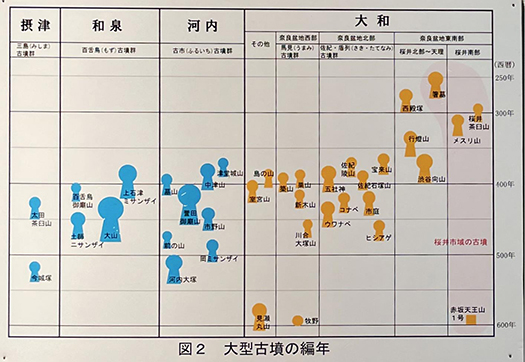

現代の暮らしは核家族化が進み、しかもその収入源は企業勤務なので、
農耕を基盤とした社会経済構造とはまったく変わってしまった。
家という財産が全国各地域に広く拡散して大都市化が進展している。
そういう現代的常識はしかし、歴史的にはきわめて特異とも思える。
連載ブログ記事として取り組んできた国立歴史民俗博物館展示での古代までの
社会のありようの分析ですが、本日は戸籍について。
パネル写真からの復元なので図が不鮮明なのはご容赦ください。
孔王部荒馬(あなおべのあらうま)という人を「戸主」とした戸籍記録。
現在の東京都葛飾区柴又付近に住んでいた。
戸籍記録の年代は721年の養老5年。いまから1300年前の「家族」ですね。
戸主としてはひとりとなっているけれど、戸籍からは
孔王部荒馬さんの妹さんとそのお婿さんが同居している。
この時代、結婚しても女性は実家の姓を名乗っている。
世帯という概念からすると2世帯同居していると見なせます。
まずは戸主の方ですが、奥さんはひとつ年上の女房。
で、子どもは大きく2つの世代が混合している。
29、28、25歳という3姉妹がいて、それとは離れた年代の16、15、12歳の3兄弟。
この時代を考えると夫婦も55と56歳とかなりの高齢。
どうも家族の成立過程では再婚で、どちらかの連れ子が同居の可能性。
ただ、それにしても56歳の女性の産んだ男子の末っ子は10歳なので、
この女性は46歳の時に出産したことになる。
現代でも数少ないと思える高齢出産であります。
なので、ひょっとすると3姉妹のうちの誰かの連れ子という可能性もある。
いずれにしてもこちらの家族だけでも8人家族。
一方の同居の妹さんの一家は全部で6人家族。
こちらも姉さん女房で2歳差。で、こちらも子どもの年代差が大きく
29歳の長女に3歳の末娘という驚きの幅です。
どう考えても3歳の子どもは「孫」と考えた方がふさわしい。
婚外子という、一般的だったとされる出産形態まで含めて
こちらもどうもいろいろな状況が推測可能ですね。
プライバシーの問題もあって詮索はこれ以上は不可能(笑)。
現代でこそ大都会の葛飾区ですが、この1300年前当時はやや低湿地の農業地帯。
田畑を耕してなんとか一家総勢14人の家計を支えていたのでしょうか。
それこそ稼げることはなんでも取り組んだに違いない。
家というか、むしろ中小零細企業というのが実態に近いのかも知れない。
そうした必死さがやがて「一所懸命」という考えの基盤を形成したのでしょう。
こういった家族の形はほんの数十年前くらいまで一般的だった。
家を持つということは難事業だったので、相続で受け継ぐ以外では
なかなか新築するということは難しかった。
翻って現代ではこの点は大きく変化してReplanのような住宅メディアも成立する。
人口増加以上に、家族関係の変容ということが日本人の住環境を
大きく変化させてきた基本要因だと言うことがわかりますね。
昔人とはいえ、プライバシーに関わる情報解析、失礼いたしました。
English version⬇
The Family = Community as Seen in the Early Family Registers 37,000 Years of the Japanese Archipelago – 52
Although they lived together by blood, their marital relations were extremely complicated. The family is more than a family; it is a microenterprise-like economic entity that conveys the desperation of its members. …
Modern life has changed completely from the agrarian-based socioeconomic structure, as the nuclear family has become the norm, and the source of their income is corporate employment.
The socio-economic structure based on agriculture has completely changed.
The property of the home has spread widely throughout the country, and metropolitanization has developed.
Such a modern common sense, however, seems to be very peculiar historically.
I have been working on a series of blog posts analyzing the state of society up to ancient times at the National Museum of Japanese History exhibit.
Today, I would like to talk about the family register.
Please forgive the blurriness of the figures, as they are reconstructions from panel photographs.
This is a record of a family register that names a person named Arauma Aonobe as the “head of the household.
He lived near present-day Shibamata, Katsushika-ku, Tokyo.
The family register record is dated 721, the 5th year of Yoro. That is 1,300 years ago.
Although he is listed as the sole head of the family, the family register shows that
Kouoube Araba’s sister and her son-in-law lived together.
In this era, even after marriage, women still took the family name of their parents.
In terms of the concept of a household, two households can be considered to be living together.
First, there is the householder, whose wife is one year older than him.
And the children are a mixture of two major generations.
There are three sisters, ages 29, 28, and 25, and three brothers, ages 16, 15, and 12, who are of a different age from them.
Considering this time period, the couple is also quite old, 55 and 56 years old.
Apparently, in the process of establishing the family, they remarried, and it is possible that one of the stepchildren is living with them.
But then again, the youngest of the boys born to the 56-year-old woman is 10 years old.
This means that this woman gave birth when she was 46 years old.
This is an older birth, which seems to be one of the few in modern times.
So, it is possible that she is a stepdaughter of one of the three sisters.
In any case, this family alone has eight members.
On the other hand, the family of the sister who lives with us has a total of six members.
She is also an older sister, and there is a two-year age difference between them. The age difference between their children is also large.
The oldest daughter is 29 years old and the youngest daughter is 3 years old.
No matter how you think about it, it is more appropriate to consider the 3-year-old child as a “grandchild.
The children were born out of wedlock, a form of childbirth that is said to have been common in the past.
Apparently, various circumstances can be inferred here, too.
I can’t pry any further due to privacy issues (laugh).
Katsushika-ku is a big city today, but 1,300 years ago, it was an agricultural area in a rather low marshy area.
I wonder if the family managed to support itself with a total of 14 members by cultivating the fields.
That is exactly what they must have worked on whatever they could earn.
It may not have been a house, but rather a small to medium-sized micro-enterprise, which is probably closer to the actual situation.
Such desperation must have formed the basis for the idea of “working hard.
This type of family structure was common until just a few decades ago.
Owning a house was a difficult undertaking, so it was difficult to build a new house except by inheritance.
It was difficult to build a new house unless it was inherited.
Today, however, this has changed dramatically, and housing media such as Replan are now available.
More than population growth, the transformation of family relationships is the basic factor that has changed the housing environment of the Japanese people.
This is the basic factor that has changed the living environment of Japanese people more than population growth.
I am sorry for the analysis of information that is related to privacy, even though I am an old-timer.
Posted on 12月 28th, 2022 by 三木 奎吾
Filed under: 住宅マーケティング, 歴史探訪 | No Comments »


